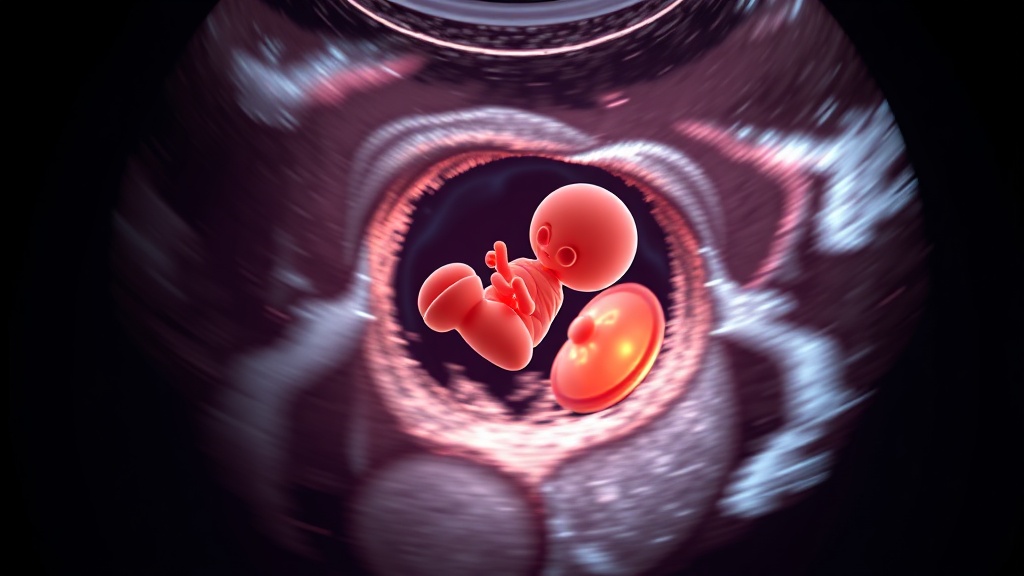Home / Science / Genetic "Switch" Discovered to Control Pregnancy Implantation
Genetic "Switch" Discovered to Control Pregnancy Implantation
17 Nov
Summary
- Indian scientists map genes HOXA10 and TWIST2 that regulate uterine lining
- Findings could improve infertility diagnostics and lead to new drug targets
- Research took 8 years due to difficulty accessing human uterine tissue

In a groundbreaking discovery, Indian scientists have identified a genetic "switch" inside the uterus that allows an embryo to implant and begin pregnancy. The study, published in November 2025, is the first to map how two genes, HOXA10 and TWIST2, work as opposing levers to control the receptivity of the uterine lining.
The research, led by Dr. Deepak Modi of the ICMR-National Institute for Research in Reproductive and Child Health in Mumbai, demonstrates that HOXA10 keeps the uterine wall protected, while TWIST2 must switch on to briefly open the "gate" and allow embryo implantation. The team validated this genetic mechanism in mice, hamsters, monkeys, and human tissue samples.
Obtaining the critical human uterine tissue at the exact window of implantation proved extremely challenging, requiring eight years of work. However, the findings could now reshape infertility diagnostics and open new avenues for drug development. Doctors may be able to use uterine biopsies to check if the HOXA10-TWIST2 switch is functioning properly, while clinics could develop biomarkers to pinpoint the optimal implantation window. Additionally, molecules that modulate these key genes could potentially support women with thin endometrium, recurrent implantation failure, or early pregnancy loss.




